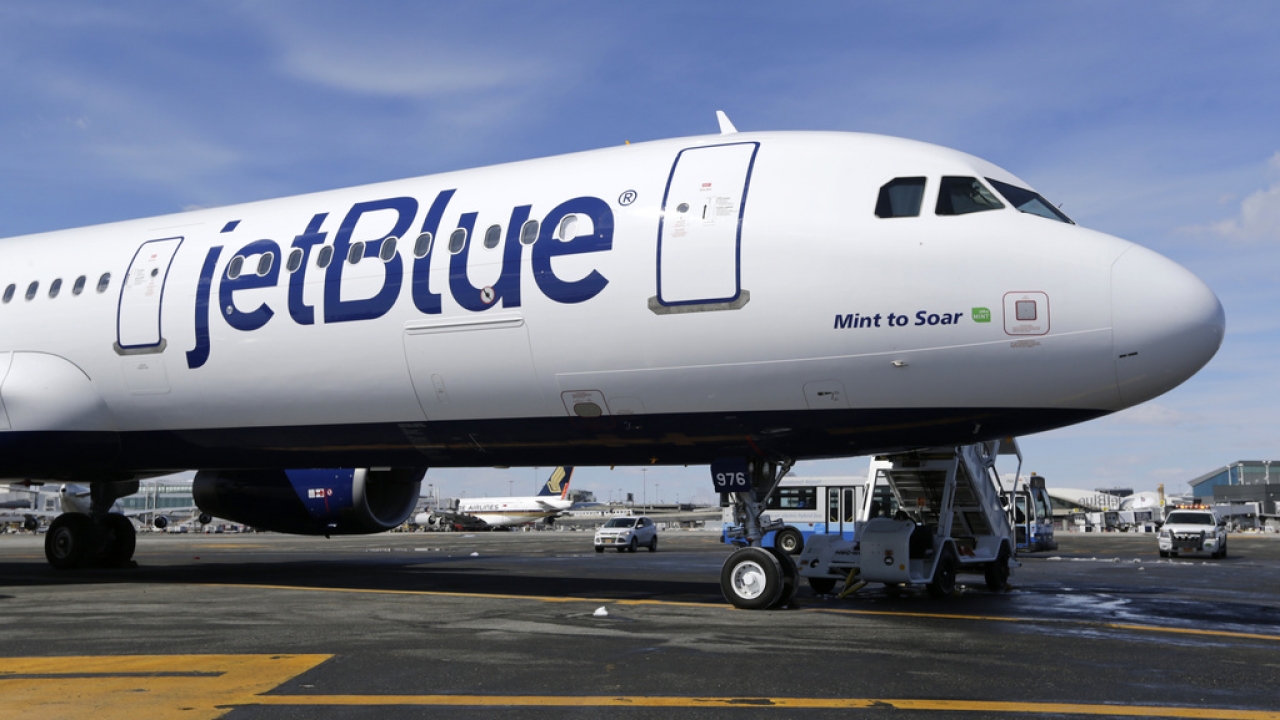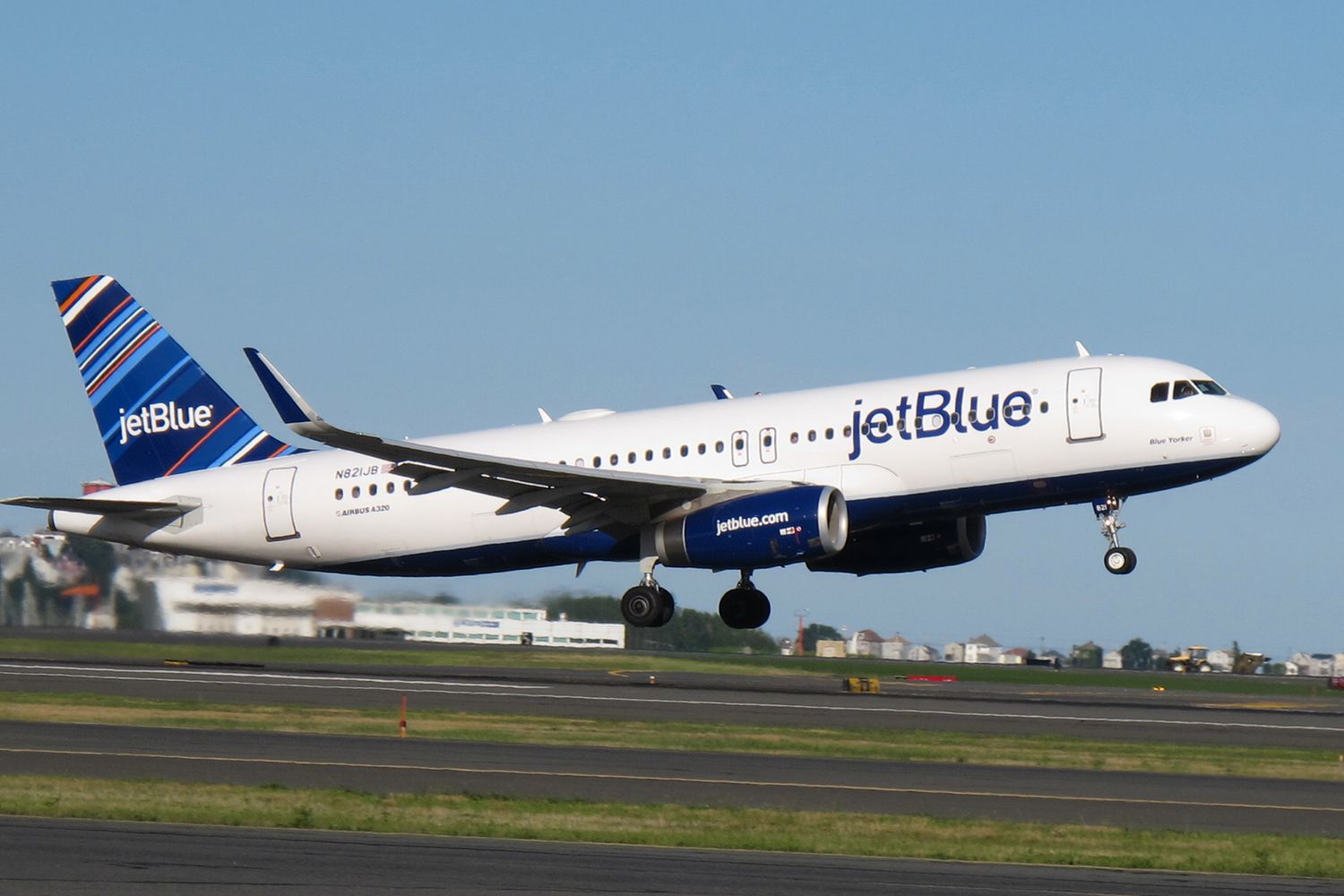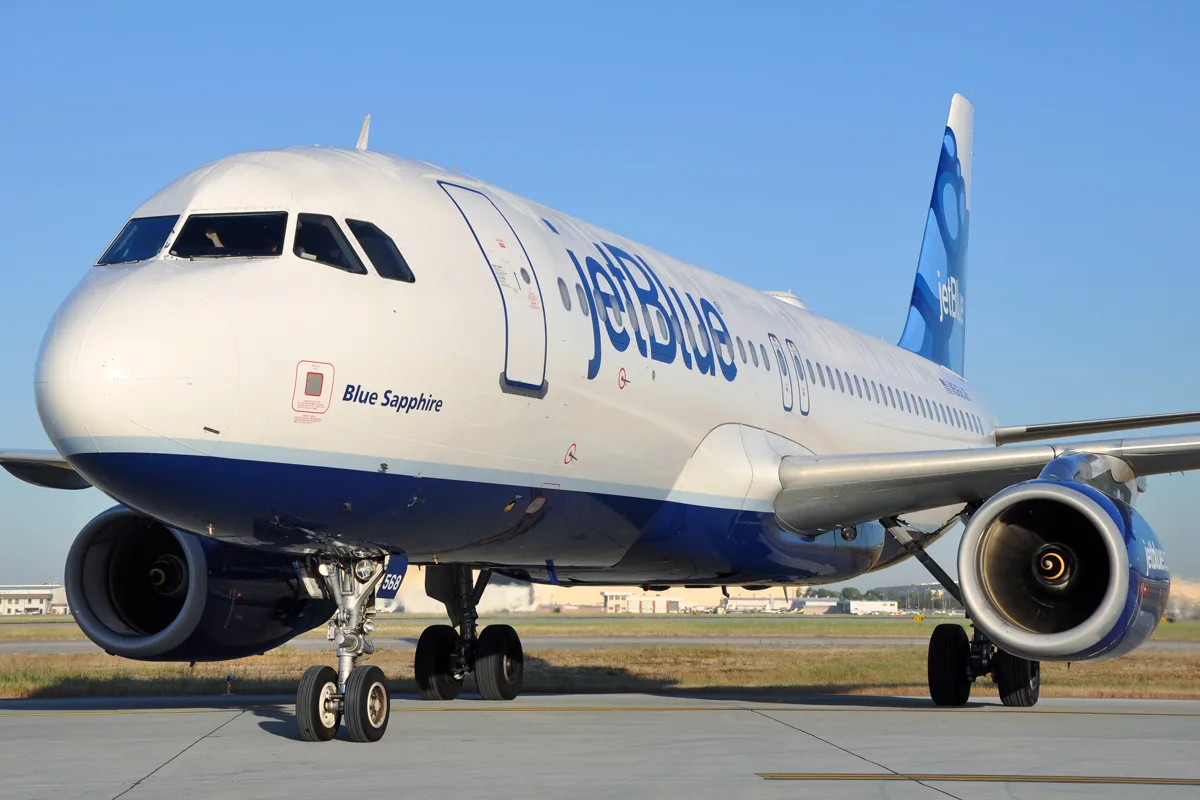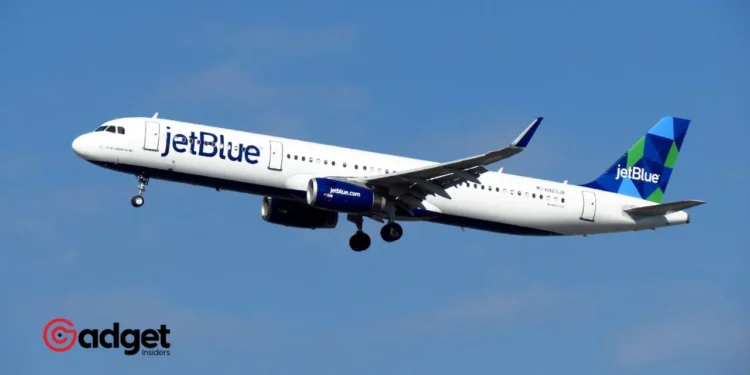In a recent and bold move, JetBlue Airways has announced a significant reshaping of its operational strategy, leading to the discontinuation of several routes deemed unprofitable. This decision comes in the wake of a federal court ruling that effectively put a halt to JetBlue’s ambitious $3.8 billion acquisition of Spirit Airlines, a merger that promised to reshape the budget airline landscape in the United States.
With a keen eye on enhancing operational efficiency and customer satisfaction, JetBlue’s strategic pivot is poised to redefine its service offerings and competitive stance in the aviation industry.
The Catalyst Behind JetBlue’s Operational Overhaul
At the heart of JetBlue’s recalibrated strategy lies the airline’s commitment to optimizing its route network, ensuring each flight path not only meets but exceeds the profitability threshold.
This decisive action was catalyzed by the unforeseen blockade of the JetBlue-Spirit merger, a judicial decision grounded in antitrust concerns that forecasted a dampening of competitive fares and options for the average traveler.
The ruling underscored the importance of maintaining a competitive and diverse airline market, compelling the airplane company to reevaluate and refine its operational blueprint. “With less aircraft time available and the need to improve our financial performance, more than ever, every route has to earn its right to stay in the network.”

This strategic refocus is set against the backdrop of ongoing challenges, including a constrained fleet due to the grounding of about a dozen Airbus aircraft.
These aircraft are sidelined as they undergo inspections for issues associated with their Pratt & Whitney engines, further pressuring the airline to maximize the efficiency and profitability of its operational assets.

A Closer Look at the Affected Routes and Cities
JetBlue’s route optimization strategy entails the cessation of service to several domestic and international destinations. Notably, the airline will completely exit markets in Kansas City, Missouri, and Newburgh, New York, alongside international departures from Bogotá, Colombia; Quito, Ecuador; and Lima, Peru.
This recalibration extends to numerous routes from Fort Lauderdale, Florida, to cities such as Atlanta, Austin, Nashville, and New Orleans, among others. The cutbacks also affect JetBlue’s operations in Los Angeles, with reductions to flights to destinations like Cancun, Las Vegas, Miami, and San Francisco, to name a few.
JetBlue Airways is eliminating a number of unprofitable routes to destinations in the U.S. and overseas as it moves to cut costs after a judge blocked its $3.8 billion bid for Spirit Airlines earlier this year.
— CBS News (@CBSNews) March 19, 2024
The Path Forward: Enhancing Profitability and Customer Experience
In the face of these strategic shifts, JetBlue remains steadfast in its commitment to delivering an unparalleled travel experience for its customers.
By reallocating resources to more profitable routes and ensuring additional ground time for aircraft, the airline aims to significantly reduce the likelihood of delays, thereby elevating the overall customer experience.

“These moves will allow us to redeploy our fleet to increase frequencies on well-performing routes from JetBlue’s focus cities.”
JetBlue’s strategic contraction is not merely a reaction to external pressures but a proactive step towards strengthening its market position. By prioritizing profitability and operational efficiency, JetBlue is poised to navigate the competitive skies with agility and foresight, ensuring it continues to offer high-value and satisfying travel experiences to its customers.
As the airline industry continues to evolve, JetBlue’s adaptive strategies signal a commitment to resilience and innovation, laying the groundwork for a future where it remains a beloved choice for travelers seeking reliability, comfort, and value.










